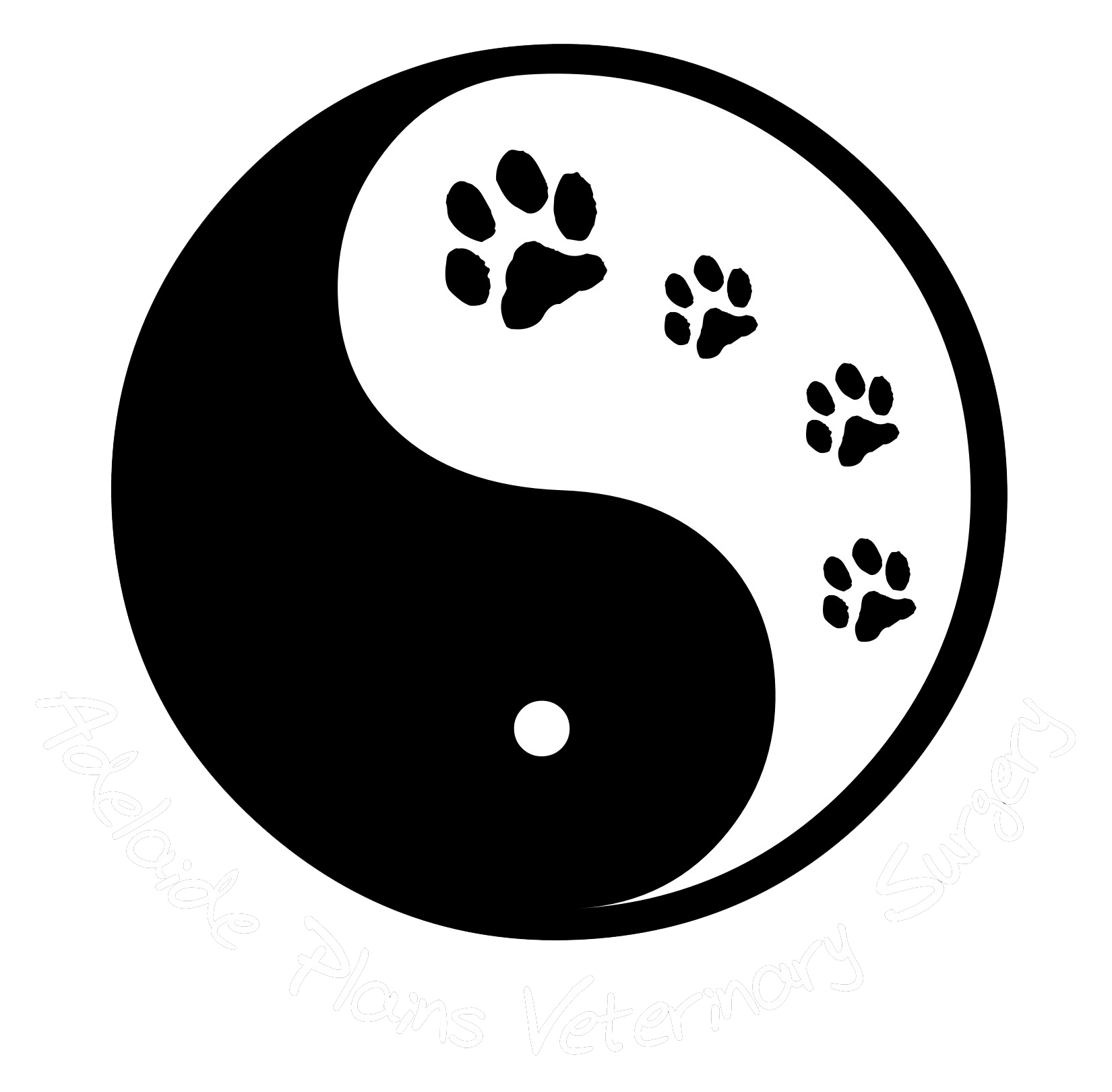Adelaide Plains Veterinary Surgery
Call: (08) 8520 3600
Mon-Fri (8am - 6pm)
Sat (8:30am - 12pm)
Diet & Nutrition
- Premium foods contain more of what your pet needs (meat, vegies and fruit) with added vitamins and minerals
- You often feed less as the food is more calorie dense than supermarket ranges , meaning less food is needed to deliver the nutrition they need
- Less food and more nutrient dense food means less waste to pick up
In addition to premium foods, there are a range of prescription diet foods that can aid in the treatment and prevention of many health conditions. Your veterinarian can assist you in choosing the best option for your pets individual needs.
Obesity is defined as weighing 30% more than the ideal weight. With humans, this is fairly straightforward and can be determined by consulting weight and height charts. Dogs and cats are often diagnosed as obese by a combination of weight charts and body scoring.
A simplified form of body scoring follows:
VERY THIN
RIBS – Easily felt with no fat covering
TAIL BASE – Bones protrude with no tissue between the skin and bone
SIDE VIEW – Severe abdominal tuck or “drawn” appearance
OVERHEAD VIEW – Exaggerated hourglass shape
UNDERWEIGHT
RIBS – Easily felt with no fat covering
TAIL BASE – Bones are raised with little tissue between the skin and bone
SIDE VIEW – Abdominal tuck
OVERHEAD VIEW – Significant hourglass shape
IDEAL
RIBS – Easily felt with slight (1/2”) fat cover
TAIL BASE – Smooth but bones can be felt under a thin layer of fat
SIDE VIEW – Abdominal tuck
OVERHEAD VIEW – Well-proportioned waist is present
OVERWEIGHT
RIBS – Difficult to feel with moderate (>1/2”) fat cover
TAIL BASE – Some thickening or widening but bones can be felt under a moderate layer of fat
SIDE VIEW – No abdominal tuck or waist
OVERHEAD VIEW – Back is slightly broadened
OBESE
RIBS – Difficult to feel under thick fat cover
TAIL BASE – Thickened and difficult to feel under a thick layer of fat
SIDE VIEW – Fat hangs down from the abdomen and there is no waist
OVERHEAD VIEW – Markedly wide
Most overweight or obese dogs are less active and do not play as much as normal dogs. These pets may be reluctant to climb stairs or jump into cars and often pant excessively after very minor exertion.
Obesity often develops insidiously. We think we are feeding our dogs only small quantities of food but tend to forget the treats and table foods. These treats add calories and result in weight gain. Even a few calories can add up over time.
With today’s advances in nutrition, weight loss has never been easier. If you think you pet may be overweight, your veterinarian can design a safe and effective weight loss program to meet your dog’s lifestyle.
Encourage brisk, thirty-minute walks twice daily. Discontinue feeding table foods and treats. Instead, offer carrots, broccoli or veterinary-approved low-calorie treats.
Most pets can lose weight if you adhere to these recommendations. Weight loss in pets and humans is made up of an interaction between reduced caloric intake (eating less) and increasing caloric expenditures (more physical activity). The great news is that weight reduction is about 60% diet and 40% exercise. Weight loss is often a matter of diligence and persistence. Remember that the reason you are doing this is to help your pet live as long and healthy a life as possible.
Contact Us
Call us to make an appointment
Monday to Friday - 8:00 am to 6:00 pm
Saturday - 8:30 am to 12:00 noon
Sunday - Closed

